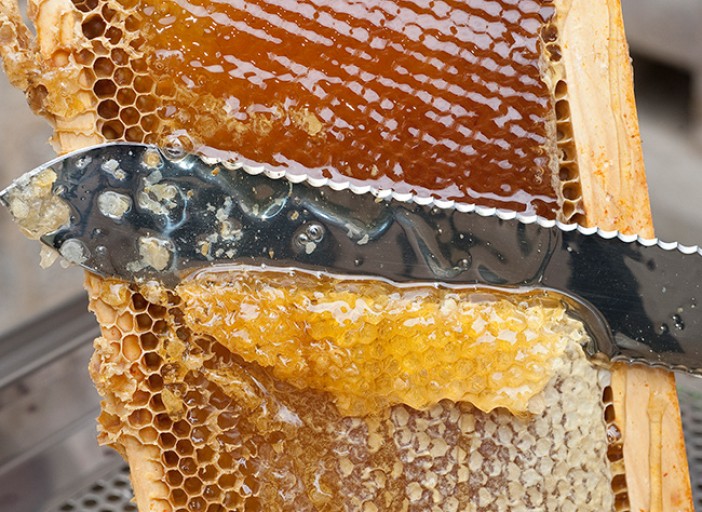Taking care of your beehive in October in Northern California is crucial to ensure the health and well-being of your bees during the colder months. Here are some tasks to consider for this time of year:
- Harvest Honey: October is typically a good time to harvest any surplus honey your bees have produced during the summer months. Be sure to leave enough honey for your bees to overwinter.
- Inspect the Hive: Conduct a thorough inspection of the hive to ensure that it’s healthy and free from diseases or pests. Look for signs of issues such as Varroa mites, Nosema, or any other problems that may require treatment.
- Reduce the Hive Entrance: As temperatures drop, reduce the size of the hive entrance to prevent drafts and to make it easier for the bees to defend against potential predators.
- Feed the Bees: In preparation for winter, you may need to provide supplemental feeding if your hive doesn’t have enough stored honey. Consider using sugar syrup or fondant to ensure the bees have enough food to survive the winter.
- Insulate the Hive: Depending on the severity of winters in your area, you might want to consider insulating the hive. This can help the bees conserve heat and reduce energy expenditure during cold weather.
- Ventilation: Ensure that the hive has proper ventilation to prevent moisture buildup, which can lead to mold and other issues.
- Monitor the Queen: Confirm that the hive has a healthy and productive queen. A strong queen is essential for the hive’s long-term success.
- Varroa Mite Treatment: If you haven’t already, consider treating Varroa mites, a common bee parasite. Treating for mites in the fall helps ensure that your bees enter the winter in good health.
- Store Equipment: Clean and store any surplus beekeeping equipment, such as supers, frames, and tools, to protect them from the elements.
- Keep an Eye on the Weather: Stay informed about the local weather conditions and be prepared to take additional actions if there’s an unexpected cold snap or adverse weather conditions.
- Record Keeping: Maintain accurate records of hive inspections, treatments, and any other relevant information. This will help you track the progress of your hive and make informed decisions in the future.
Remember that beekeeping practices can vary depending on the specific microclimate in your area of Northern California, so it’s essential to adapt your management techniques accordingly. Additionally, consider consulting with local beekeeping associations or experienced beekeepers in your region for guidance tailored to your specific location and hive conditions.

